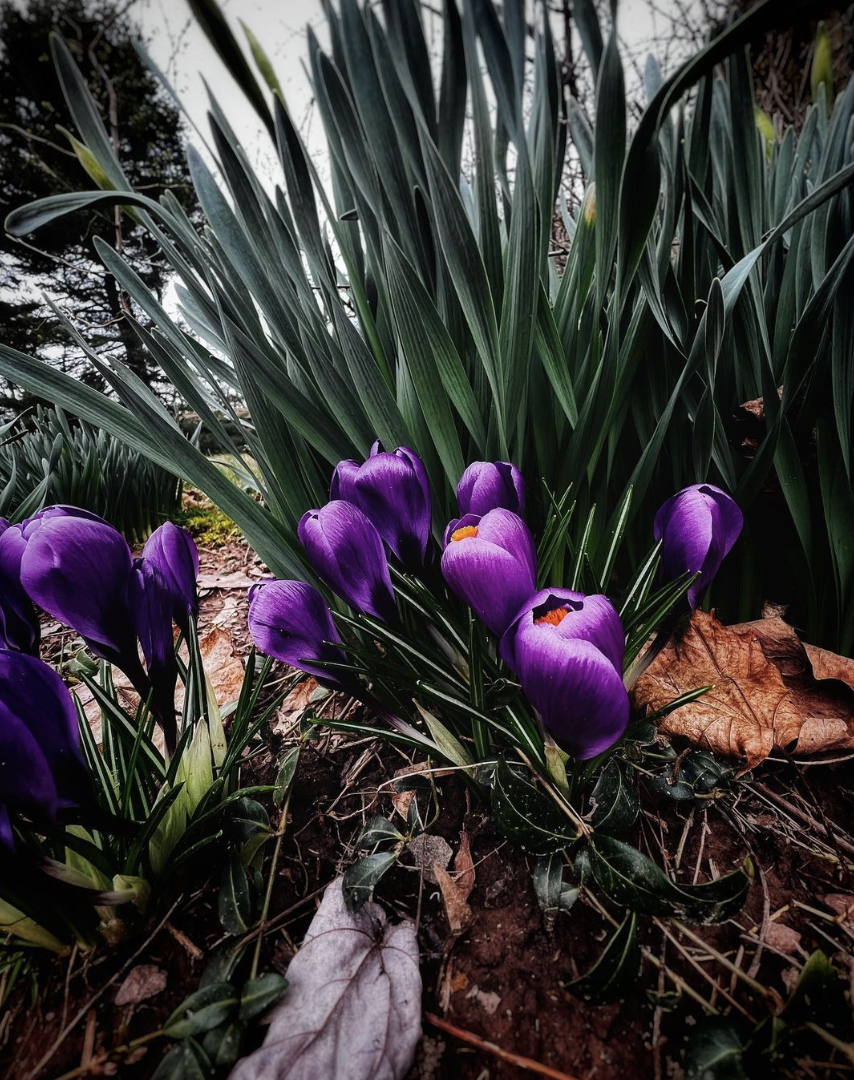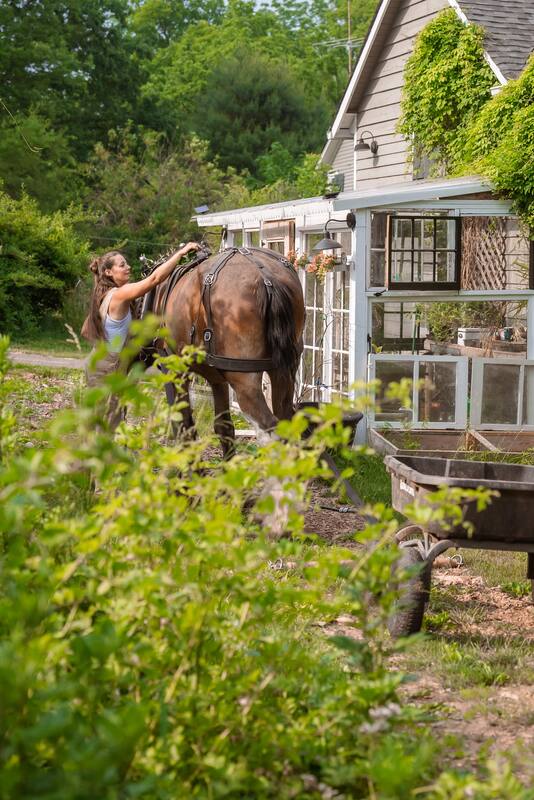|
Friends! I have been sharing about my new book, The Sustainable Homestead, for almost a year and a half. The day has finally come! The Sustainable Homestead is now out at most book retailers.
This book is the missing resource I wish I had when I first started "holistic homesteading." At that time I had no idea what the term permaculture was or that it was essentially the back-to-nature mindset of farming that I was trying to implement. I've broken the book down into 8 chapters with soooo many graphs, charts, and illustrations in an effort to communicate my points clearly and easily. Chapters include: - Site Assessment - Soil - Growing - Incorporating Animals - Pasture Setup/Rotation - Composting - Orchard - The Role of the Homesteader I hope you'll have a look! And if you've already purchased, it would mean so much if you would take the time to leave a review on Amazon or GoodReads. Many thanks for the continued support! Overwhelmed with where to start on your permaculture homestead? Unsure of where everything should go? Don't waste your energy, time, and dollars by guessing. There are four simple steps that apply to ANY site in order to steer yourself in the right direction. Gather information, create realistic goals, brainstorm how to achieve these goals, and implement them. Problems and challenges such as flooding can actually steer you into solutions, just like they did for my own farm. Watch this video to learn how to navigate starting a permaculture farm.
“When crocuses bloom, plant out chard, kale, lettuce, peas, and spinach.”
Phenology is the study of patterns and cues in nature with regards to plants, animals and insects. These cycles were what marked planting times before seed packets and weather forecasts. You can get truly local, microclimate-specific planting guides by watching what’s blooming in your own yard and learning what to plant. As the season progresses, I’ll share phenology timelines I follow. I’m thinking this will be my next book. 😉 What's a Cover Crop? How to Feed Animals and Soil at the Same Time with Forageable Cover Crops.3/7/2023
What if your pasture seed could feed your animals AND improve your soil? Seeding pastures with something like Kentucky Blue grass is great for horses, but really not so great for the soil. All it really does is hold soil in place.
I started using forageable cover crops a few seasons ago and I won’t go back. Rather than sow plain grass seed, I mix a few cover crops that meet the nutritional requirements of my animals while performing different functions like decompacting soil, improving tilth, fixing nitrogen, attract beneficial insects, suppressing weeds, etc. If the soil is healthy, the forage my animals eat will be too. My favorite free resource is The Rodale Institute’s free Forageable Cover Crop chart. You can look up different cover crops suited to your climate. Be sure to cross reference that with what is appropriate grazing for your animal species. Note, what works for me will not work for you. Take into consideration your climate, sun, moisture, landscape, animals’ needs, etc. It might be a bit of research up front but I promise it’s worth the work. I’ll have lots more info on this and dividing pastures up for rotational grazing in my book, The Sustainable Homestead, out in just two weeks! Rodale Institute Chart Here The Sustainable Homestead As goslings mature into geese their wings become very heavy. Some drooping is normal as the bird develops the proper muscles to carry the weight of the wing. Other times, “slipped wing” or “angel wing” is to blame. This condition is caused by genetics, feeding too high of a protein content for too long or, in the case, the fact that my Large Dewlap Toulouse goose mated with my Sebastapol gander and produced a small bodied bird with large wings.
The condition is purely aesthetic but no doubt looks uncomfortable. Place the wings where they should rest and gently secure in place with vet wrap or a shirt. This does not hurt the bird… think of it like a wing bra for support. 🤣 Vet wrap, I find, is easiest. But an old t-shirt works in a pinch. You can secure a t-shirt with a hair tie until more vet wrap can be acquired. The bones of waterfowl grow at an astonishing rate. So this condition, if properly wrapped, can take just 4-5 days to correct. Change out the dressing as needed. Note this post is not a replacement for professional veterinary help. If you suspect a deformity or nutritional abnormalities in your bird, contact a veterinary professional for guidance and care. If you're itching to get in the garden sooner than later, a hoop house can be a great way to cure that cabin fever. In this video I'm:
- Sharing why to grow in a hoop house/grow tunnel - Prepping the site by weeding - Removing last year's growth in a way that maintains the soil-food web - Moistening the beds with duck water - Sharing 2 spices you already have on-hand in your kitchen to get rid of hibernating mice, voles, ants and other garden pests |
Angela is the farmer and content creator behind Axe & Root Homestead® LLC. This historic six-acre permaculture farm is home to two Clydesdale horses, ten honeybee hives, five sheep, two guardian dogs, barn cats and a flock of 40 geese and ducks. The farm produces maple syrup, fruit from a small orchard and loads of garden produce for consumption, preservation and donation to the local food pantry.
The Sustainable Homestead is available NOW!
Categories
All
|


